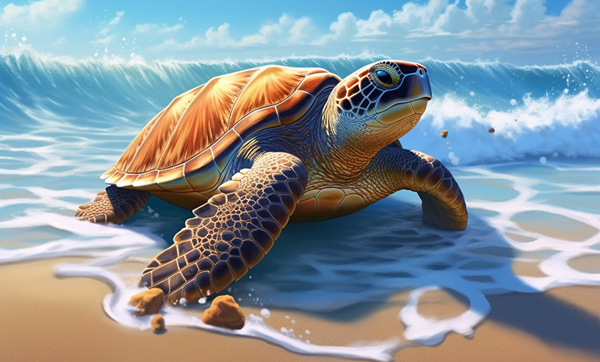Author: Shannan Muskopf
-

Observing Human Cheek Cells with a Microscope
In this lab, students use a toothpick to get a sample of cells from the insides of their cheek, stained with methylene blue.
-
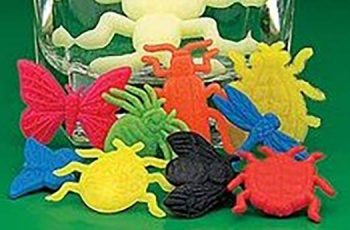
Growing Sponge Animals
This simple activity provides an introduction to laboratory techniques and data collection. Students measure how a sponge animal toy grows when submerged in cold and warm water.
-
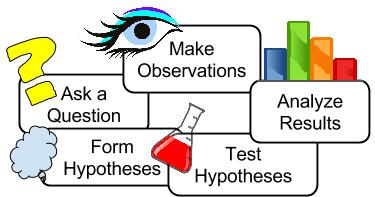
Investigation: What Are the Processes of Science
Inquiry investigation where students develop hypotheses to answer a question about lung capacity, design an experiment, collect data, and draw conclusions.
-
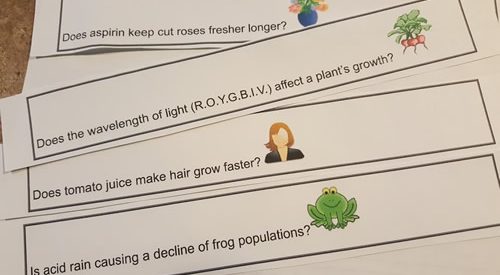
Scientific Method Scenarios
students work in groups to develop an experiment that answers a question. Students design the experiment, and must also identify the a control group and the independent and dependent variables in their experiment.
-
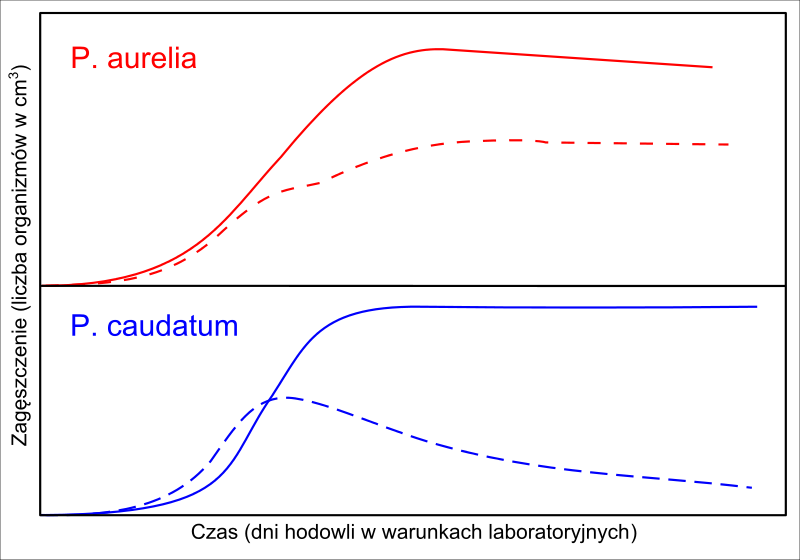
Population Biology with Paramecium
Activity illustrates the competitive exclusion principle by showing students how each population behaves when grown alone or when mixed together.
-
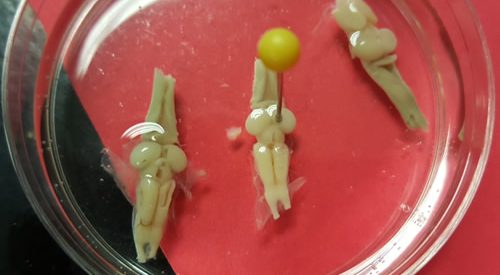
Removal of the Frog’s Brain
This worksheet provides instruction for removing the brain and reveal the lower leg bones, which include the femur and the tibiofibula (fused tibia and fibula).
-
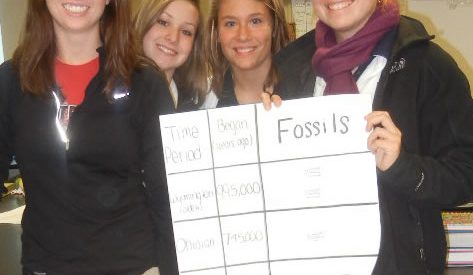
Examining the Fossil Record
During a unit on evolution, students learn a little about geologic time and how we use the fossil record to establish lineages. In this project, students cut out pictures of fictional fossils and arrange them on a chart to show how one species become two species. The activity includes a description of phyletic and…
-
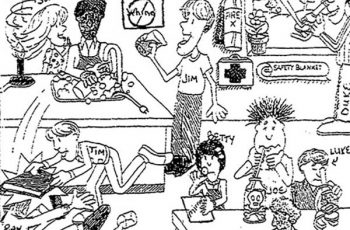
Lab Safety Cartoon
This cartoon depicts students engaging in safe and unsafe activities. It is a good starting point for a discussion on lab safety.
-
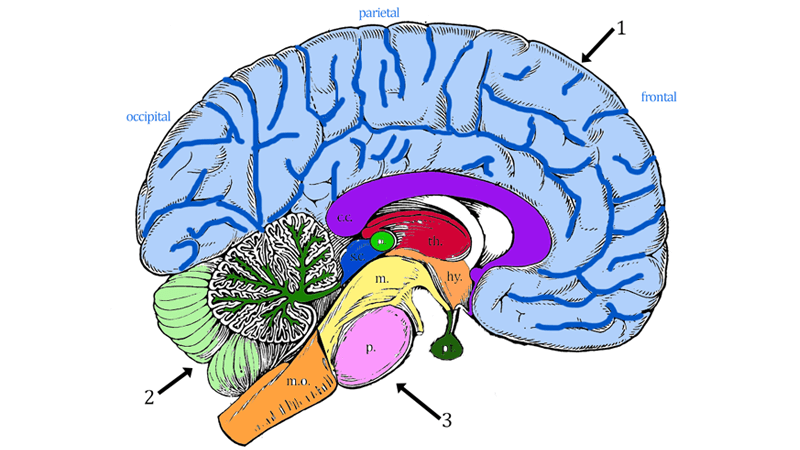
Sheep Brain Dissection Guide
The brain is one of the most interesting dissections to perform, mainly because all of the structures are easily found and animal models closely resemble human brains.. In this lab guide, students are given instruction on how to remove the dura mater, and locate the main structures of the external brain
-
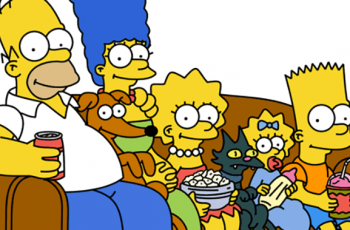
Scientific Method and the Simpsons
NOTE: This is a new version of this activity, with new stories! Old Version: Scientific Method and the Simpsons This activity requires students to read stories where experiments were performed by members of the Simpson’s family. The stories are intended to be humorous. Students must identify the manipulated and responding variables (independent and dependent), the…
-
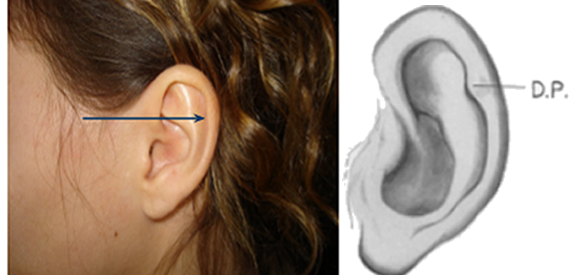
Human Traits Bingo
This activity is a good starter for genetics units. Students are often fascinated by traits that are visible. Lively discussions of human genetics will often include students asking tons of questions about what they view as “oddities.” Though, many of those traits would be difficult to establish as strictly genetics, it provides a good…
-
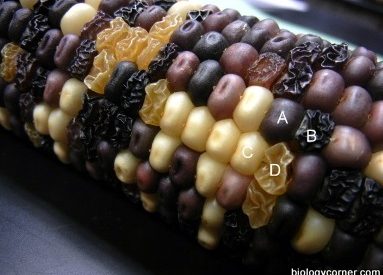
Corn Genetics and Chi Square Analysis
Students count kernels on an ear of corn. The corn is the product of a dihybrid cross, so that the phenotype of the kernels will follow a 9:3:3:1 ratio.
-
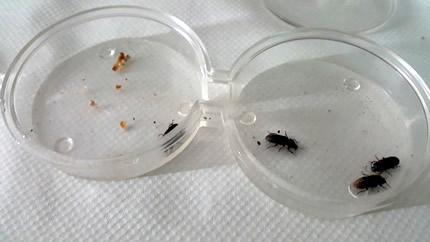
Case Study – Investigation of Animal Behavior
The goal is for students to develop a basic understanding about how animal models are used to study behavior and how behavior can be explained from an evolutionary perspective.
-

Dihybrid Crosses in Guinea Pigs
Teaching dihybrid crosses can be challenging because it involves layering several biological concepts, like independent assortment and statistics. This worksheet illustrates how gametes are formed from the parents and used to create a 4×4 punnet square that is used in basic genetic problems.


